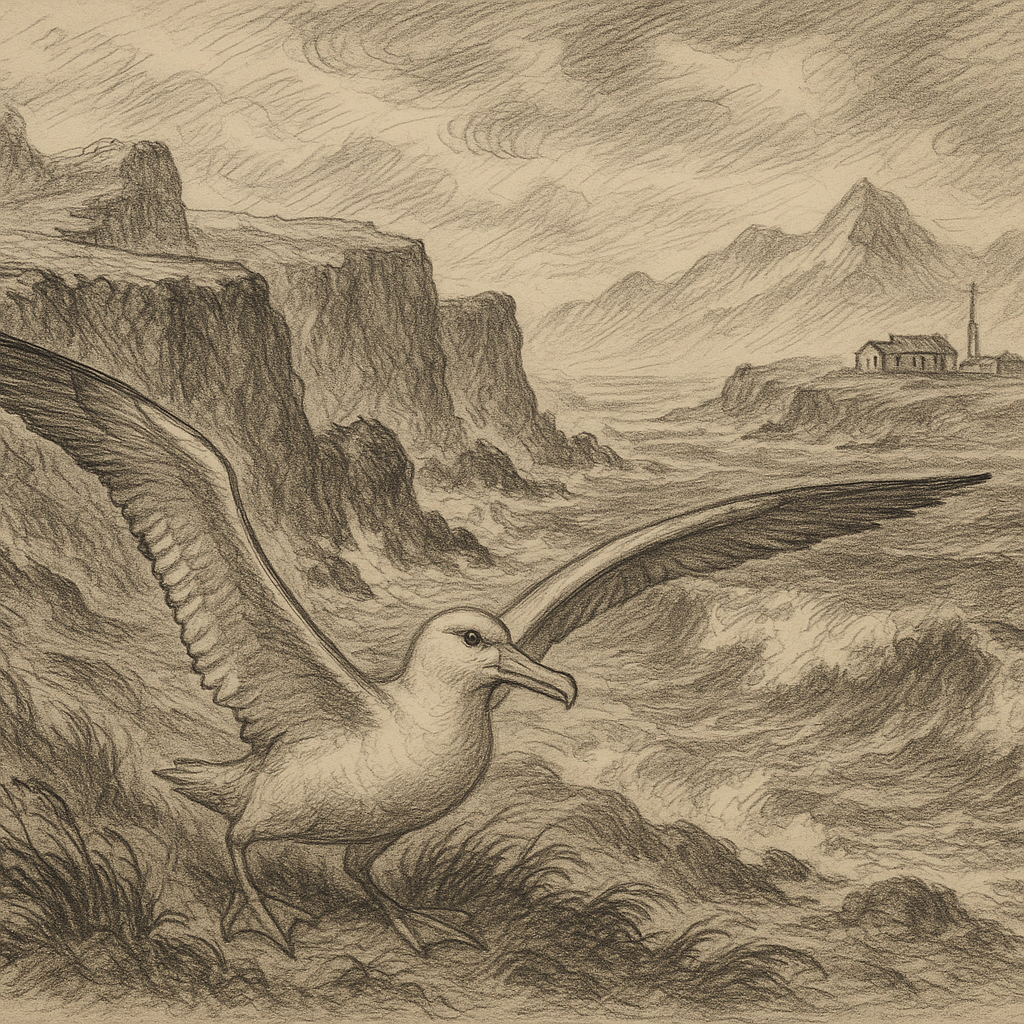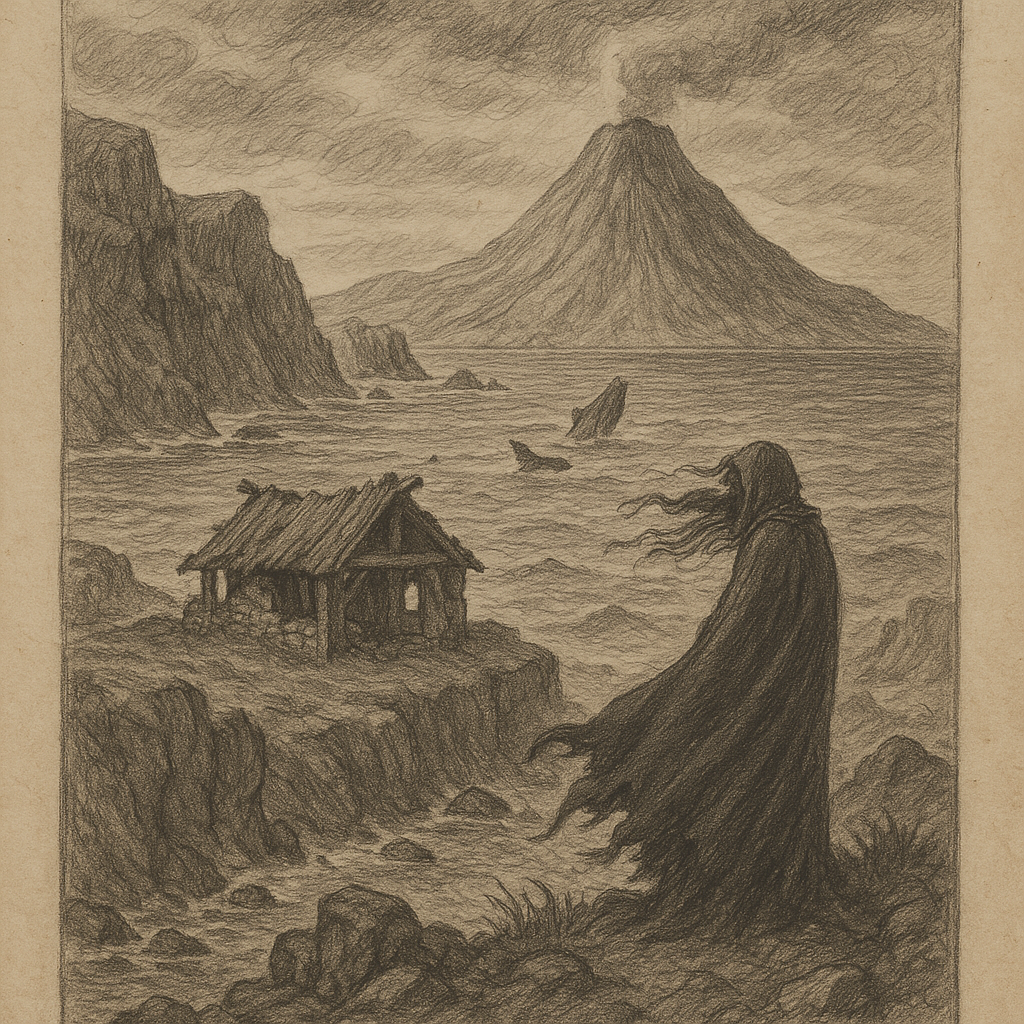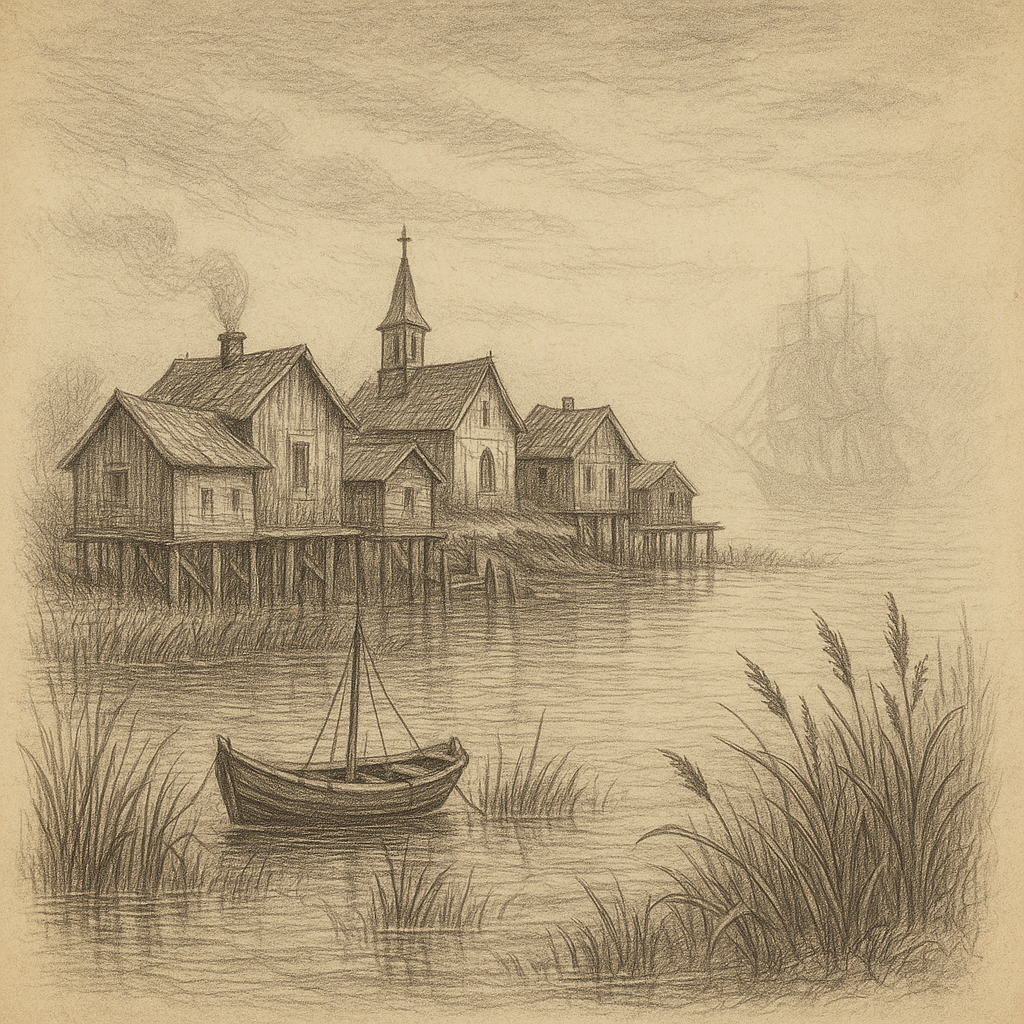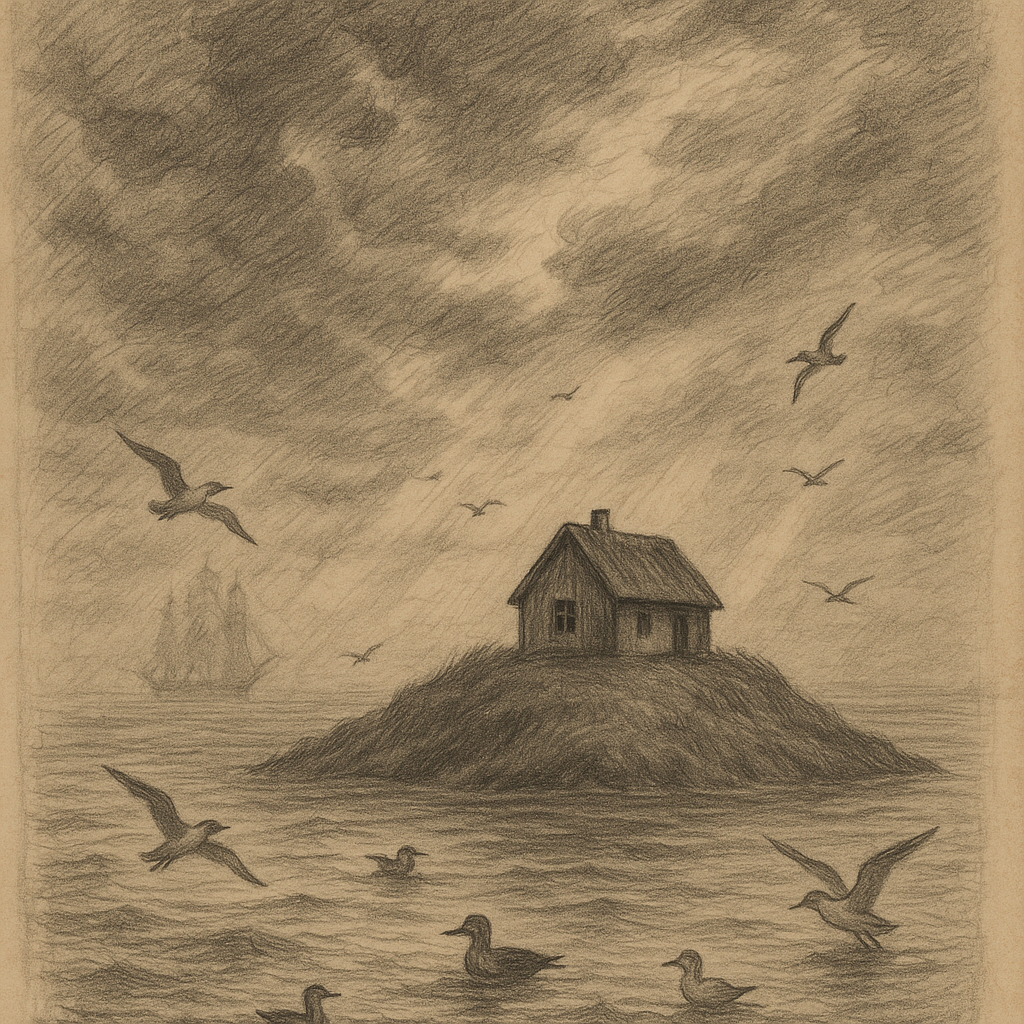## Île de la Possession: A Hidden Gem in the Southern Indian Ocean
Île de la Possession, part of the subantarctic Crozet Islands archipelago, is one of France’s remotest outposts located in the southern Indian Ocean. Despite its isolation and harsh environment, this storied island plays a significant role in wildlife conservation and scientific research. Home to diverse animal life and surrounded by treacherous waters, this island is as mysterious as it is beautiful. Here is a deeper look into this rarely visited land.
## Location and Geographical Features
Île de la Possession lies approximately 2,800 kilometers southeast of South Africa and about 2,400 kilometers north of Antarctica. It is the largest island in the Crozet Archipelago, which is administered as part of the French Southern and Antarctic Lands (Terres australes et antarctiques françaises, or TAAF). Volcanic in origin, the island is rugged, with dramatic cliffs rising from the sea and mountainous interior terrain.
The island covers about 150 square kilometers and reaches its highest point at Pic du Mascarin, with an elevation of 934 meters. The coastline is indented with fjord-like bays and sheer cliffs, making access by sea quite challenging. Many parts of the island remain inaccessible without specialized climbing or boating skills.
The climate of Île de la Possession is cold and oceanic, with daily temperatures rarely fluctuating far from 5 to 10°C. Strong westerly winds and heavy precipitation are commonplace, contributing to the island’s lush vegetation and foggy atmosphere, while also posing challenges to both residents and researchers.
## Natural Environment and Biodiversity
Due to its isolated nature and lack of human development, Île de la Possession serves as a sanctuary for numerous species. It is officially listed as an Important Bird Area (IBA) and is part of a nature reserve designated to protect its unique environment. The surrounding waters make up parts of the Crozet Islands Marine Protected Area, one of the largest marine reserves in the world.
The island is home to vast colonies of seabirds, including albatrosses, petrels, and penguins. Of particular note is the Wandering Albatross (Diomedea exulans), known for having the largest wingspan of any living bird. Several species of penguins—such as king, macaroni, and eastern rockhopper penguins—also breed on the island’s rocky shores.
Mammals include Antarctic fur seals and southern elephant seals, both of which use the beaches to rest and breed. The island’s botanical life is dominated by mosses, lichens, and grasses adapted to the island’s wet and windy climate. There are no trees; however, many tundra-like alpine species thrive across the slopes.
## Scientific Research and Human Presence
Although uninhabited by permanent civilians, Île de la Possession hosts a year-round scientific station called Alfred Faure, named after the French explorer and meteorologist. Established in 1963 on the eastern coast, the station accommodates up to about 20 researchers during the austral summer and eight in the winter months.
Scientists based here study meteorology, geology, oceanography, and biodiversity. The island plays a key role in global climate monitoring and has been pivotal in tracking animal migration, climate change, and the health of Southern Ocean ecosystems. Supply and rotation missions are conducted via French research vessels, typically once or twice a year.
Strict environmental protocols are in place to protect the fragile ecosystems. Access is heavily restricted and only permitted for scientific or logistical reasons, with thorough biosecurity measures to prevent the introduction of invasive species and contaminants.
## Fascinating Facts About Île de la Possession
– Île de la Possession is one of the only islands in the southern Indian Ocean where the first meteorological observations were made in the 19th century by early sailors and scientific expeditions.
– The island’s remote location places it among Earth’s most pristine environments. In 2006, the surrounding waters were declared a Marine Protected Area by France, protecting over one million square kilometers of ocean.
– The Crozet Archipelago, to which Île de la Possession belongs, is one of the few subantarctic island groups still under active scientific study, offering insights into untouched island ecosystems.
– In recent years, tracking devices on albatrosses from Île de la Possession have helped monitor illegal fishing activity in the Southern Ocean. These birds inadvertently serve as sentinels of maritime law enforcement.
– The island appears in various logs, charts, and even literary mentions by explorers from different eras, owing to its strategic location on sailing routes between Africa and Antarctica.
## Legends and Lore of Île de la Possession
The island’s name, “Île de la Possession” (Island of Possession), is a direct allusion to its formal claim by France in 1772 by Yves-Joseph de Kerguelen-Trémarec, a French navigator. Since then, stories and local legends have grown, adding layers of mystique to its rugged terrain.
One tale tells of a phantom ship seen sailing off the coast during misty mornings. According to the legend, it is the doomed vessel of an 18th-century sea captain who ignored warnings from Kerguelen scouts and attempted to colonize the nearby islands. The ship is said to disappear as suddenly as it appears, a ghostly reminder of nature’s supremacy in these unforgiving waters.
Another story among old merchant sailors speaks of the “Whispering Cliffs” along the island’s southern border. In strong winds, air rushing through craggy grottos reportedly produces eerie, voice-like noises. Seamen once believed these to be the voices of shipwrecked souls or lost explorers calling out to passing ships.
While modern science may explain these stories with atmospheric phenomena, they continue to capture the imaginations of those few who visit or study this remote island, reminding us of the line between myth and reality in one of the world’s least explored places.
## Conclusion: A World Apart
Île de la Possession is more than just a lonely rock in the ocean—it is a scientific outpost, a haven for wildlife, and a starting point for tales lost in time. Protected by its remoteness and championed by conservationists, the island serves as a vital location for understanding Earth’s changing climate and ecosystems. Like the albatrosses that glide endlessly over its coast, Île de la Possession soars in solitude, embracing its obscurity and the profound natural secrets it holds.



